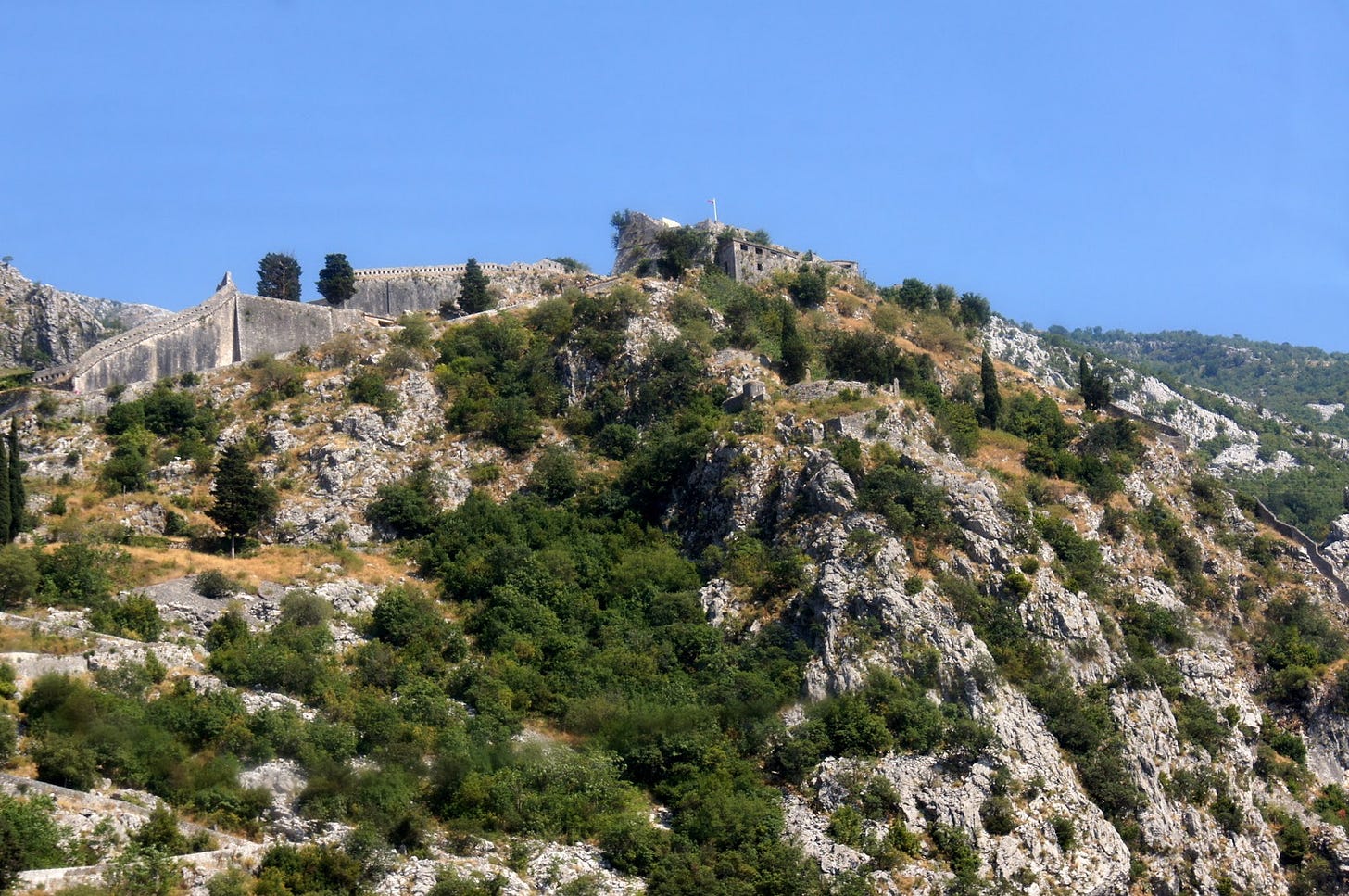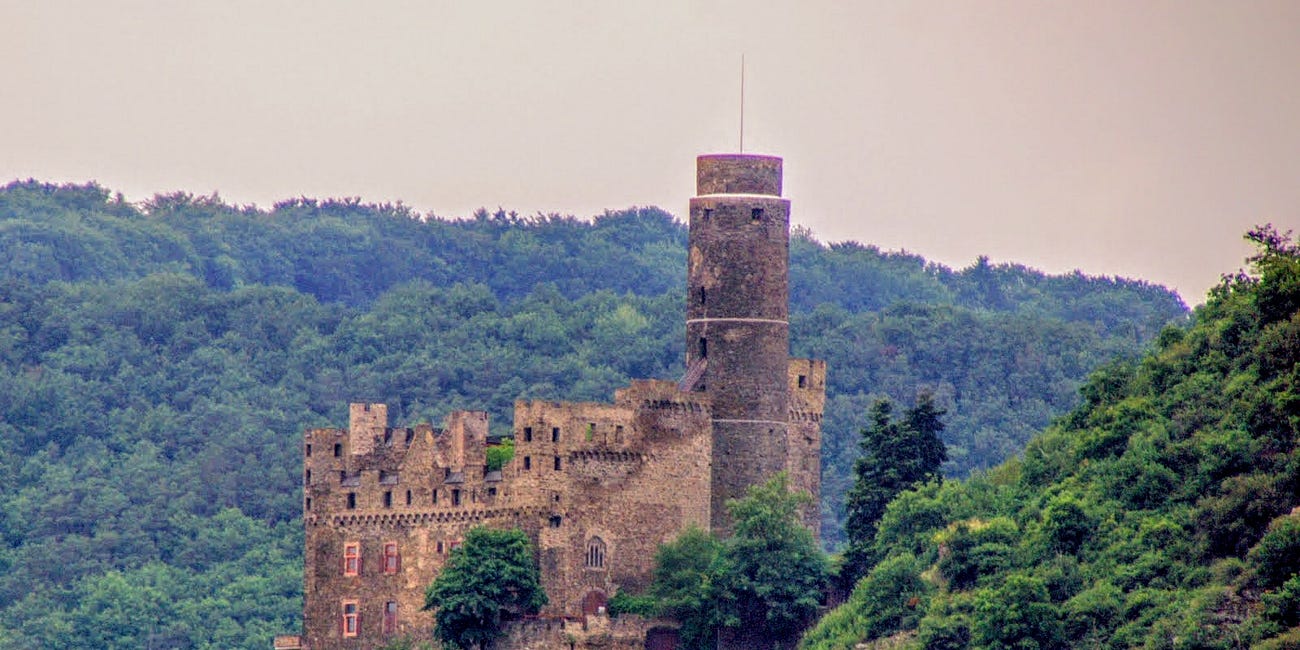Kotor, Montenegro
Or, if you're Italian, Cattaro
Years ago, accusations flew around that Russia had tried to engineer a coup in Montenegro to prevent it joining NATO. If so, the object of the exercise was probably the port of Kotor, which would have given Russia an Adriatic foothold.
In their day, the Venetians, who held the place almost 400 years, the French and the Austrians all thought the same. The natural harbour was relatively easy to defend and its sheltered waters could hold an entire fleet without difficulty.
During the Napoleonic Wars Cattaro was the scene of a little known but brilliant campaign. In 1813 the French garrison under Gauthier was besieged by a Montenegrin force but able to hold out because it could be supplied by sea.
Captain John Harper’s 18-gun Royal Navy brig Saracen arrived in November to assist the besiegers. Unable to sail up the long, dog-leg, mountain-girt fjord to the fortress, Harper rigged tow ropes and had local people physically drag his ship into the huge inner harbour, where she made re-supply of the French garrison impossible.
However, the French could still withstand a siege as long as they held the Castle of St John, whose guns commanded the port from its site half way up the mountainside.
Harper dismounted an 18 pounder cannon from his ship and set his crew to haul it to the top of the mountain, later assisted by The frigate Bacchante’s arrival with a substantially larger crew. The operation took a month, but finally succeeded. With his fortress under bombardment from above, the French general was obliged to surrender.
I contemplated the climb up to the castle but decided it was too much in the heat. The view Gauthier enjoyed is said to be spectacular and a direct assault against these old Venetian defences would have been costly, had it been required.
There is much to enjoy in the little town itself, which abounds with merchant palaces, interesting churches and fortifications. The Romanesque cathedral dates from 1166, but suffered badly in two earthquakes, in 1667 and 1979. It is dedicated to St Tryphon.
»»»»»»»»»»»»»»»»»»»»»»»»»»»»»»»»»»»»»»»»»»»»»»»»»»»»»»»»»»»»»»»»»»»»»»»»»»»»»»»»»»»»»»»»»
____________________________________________________________________________
See also:
The Castles of The Rhine Gorge
The Rhine Gorge does not have to work hard for its appellation of 'romantic'. It was at the heart of the nineteenth century movement towards sentimental revision of popular conceptions of the past.





